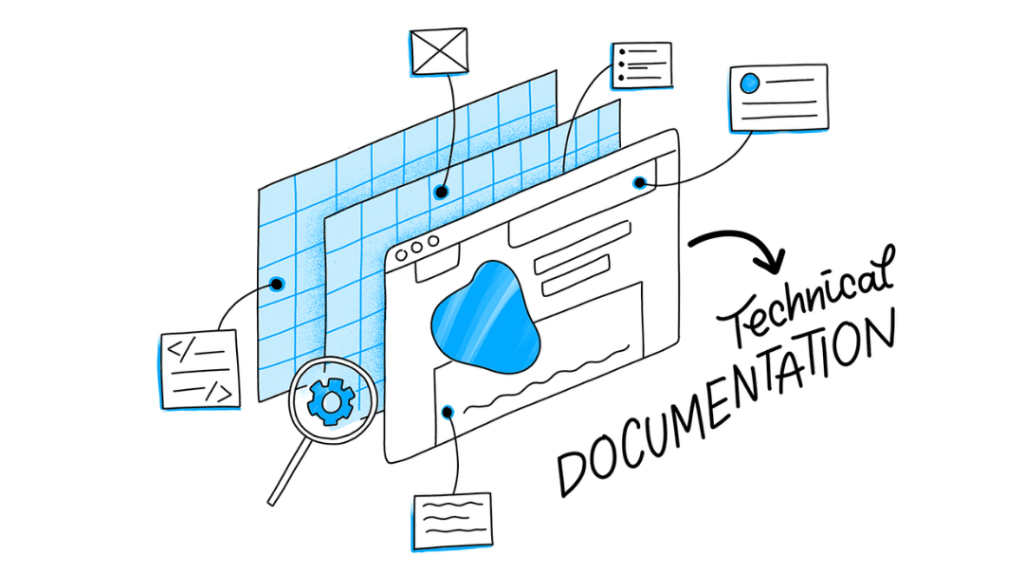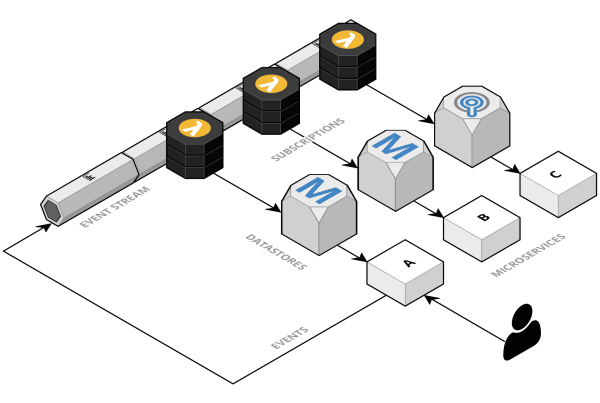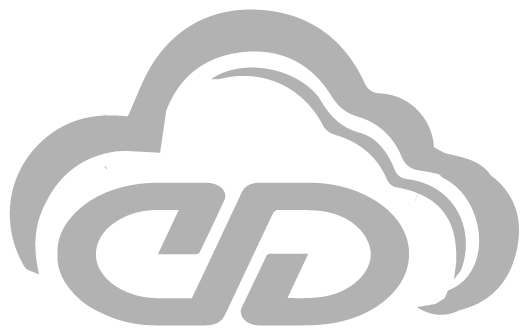Technical documentation is a critical part of any software development project. It helps developers understand how the code works, and it makes it easier for new developers to get up to speed on an existing project.
But writing technical documentation can be a daunting task for even the most experienced devops professionals.
In this article, we’ll look at some best practices for creating effective technical documentation.

Why is Technical Documentation Important?
Aside from the flow of software development, technical documentation affects business growth and how customers feel about your company. This gives your company a lot of benefits and a big competitive edge.
Reduce task-solving time
Two developers have to set up infrastructure.
Dev A – spends hours googling and chasing down all team members, only to end up with incorrect machine configurations.
Dev B – has a step-by-step guide from people who have previously set up this infrastructure, and this engineer completes the task in a couple of hours.
Which scenario do you think is more appealing?
Increase efficiency
Good documentation will keep you from making the same mistake twice.
Furthermore, qualitative documentation enables teams to see the big picture and the overall impact of your product.
How does that help?
If something goes wrong, your colleagues immediately adjust their actions to produce the desired results.
Onboard faster
Plunging into a new workflow is stressful for both parties – a newcomer wants to do his or her best, and the company should allocate resources wisely to onboard a person.
Companies that have adopted process documentation can say goodbye to time-consuming mentoring and never-ending meetings.
Better security and quality
Writing and maintaining technical documentation is also important for a product. All configurations are kept in a single resource with strictly controlled access – a significant contribution to security measures.
In terms of quality, I’d like to emphasize the opportunity to obtain a global perspective on the product or service in order to coordinate future actions.
Furthermore, thorough documentation contributes to a positive client experience.
Increase customer retention
Any business strives for highly positive client feedback, and well-prepared technical documentation is critical in identifying positive customer experiences.
According to a survey (via tcworld), 94% of customers appreciate having product information in one place, which means you have the opportunity not only to facilitate software development but also to provide a better customer experience.
Organization is Key
The first step in creating effective technical documentation is to organize the information so that it’s easy to read and understand.
Start by breaking down tasks into small, manageable steps. This will make it easier for readers to follow along as they work through the document.
Once you have divided each task into smaller steps, establish a workflow by arranging them in logical order.
When possible, use visuals such as flowcharts or diagrams to help illustrate complex processes or concepts
Be Clear and Concise
When writing technical documentation, clarity is key.
Make sure that your descriptions are precise and easy to follow—don’t rely on jargon or overly complicated language unless absolutely necessary.
Also try to avoid using vague terms such as “it” or “that,” since these can be confusing for readers who may not be familiar with the project.
Finally, try to keep your sentences short and focused; if something can’t be said in one sentence, break it up into two or more shorter sentences instead
Include Examples
Examples are incredibly helpful when it comes to technical documentation because they give readers concrete examples of how something should be done or what a certain feature looks like in practice.
When providing examples, make sure that they are relevant to the topic at hand and clearly demonstrate how something should be done without any extraneous information included (unless absolutely necessary).
Additionally, try to provide multiple examples whenever possible; this will give readers more options when it comes time for them to implement changes on their own projects.
Conclusion
Writing effective technical documentation can seem like a daunting task—but it doesn’t have to be! With these best practices in mind, you’ll be well on your way towards creating clear, concise documents that are easy for anyone to understand and use in their own projects.
By taking the time to carefully organize your information, use clear language wherever possible, and provide relevant examples throughout your document, you’ll create a piece of technical documentation that is both useful and informative. Good luck!
Make your documentation easy to find- and even easier to understand with CD Cloud.

![Writing Technical Documentation: A Guide for DevOps Professionals [5 Min Read]](https://cdcloudlogix.com/wp-content/uploads/2022/12/Technical-Documentation-devops.png)



